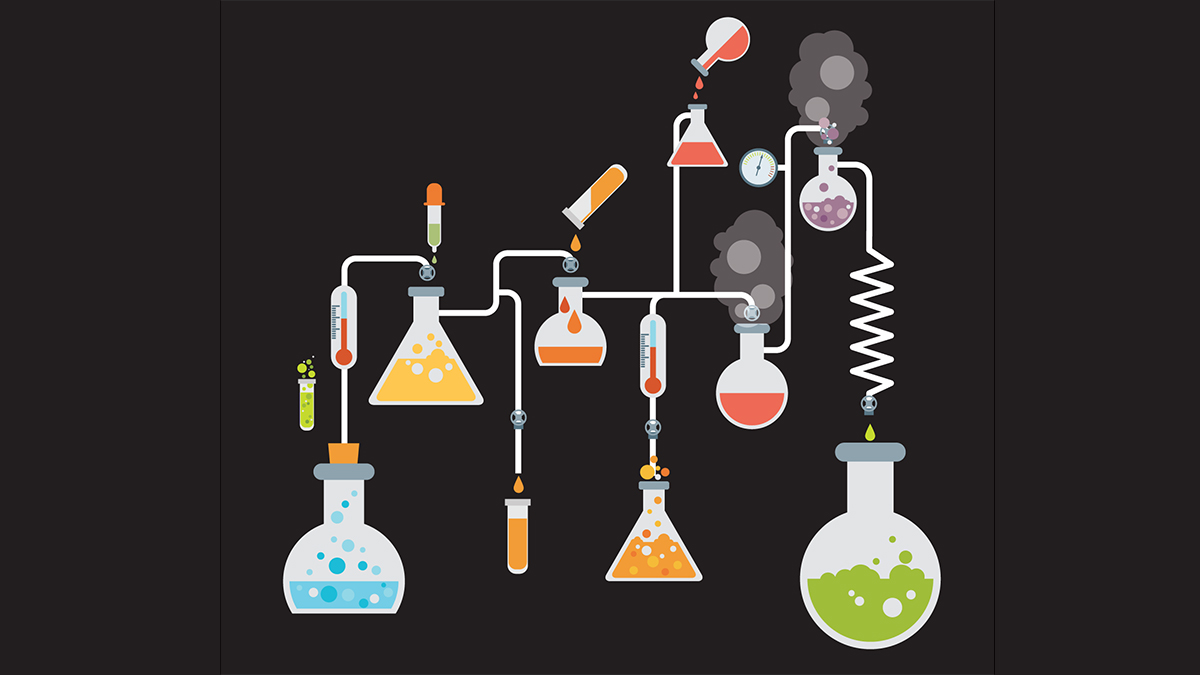Archive: Fall 2022: Developing a Competitive Application for the Shell Science Lab Regional Challenge, October 17, 2022
The Shell Science Lab Regional Challenge Competition recognizes exceptional and innovative science educators for their exemplary approaches to science lab instruction utilizing limited school and laboratory resources. The competition also raises awareness and exposure of the outstanding work being done in the science education field in the following targeted areas near Shell assets:
The Shell Science Lab Regional Challenge Competition recognizes exceptional and innovative science educators for their exemplary approaches to science lab instruction utilizing limited school and laboratory resources. The competition also raises awareness and exposure of the outstanding work being done in the science education field in the following targeted areas near Shell assets:
The Shell Science Lab Regional Challenge Competition recognizes exceptional and innovative science educators for their exemplary approaches to science lab instruction utilizing limited school and laboratory resources. The competition also raises awareness and exposure of the outstanding work being done in the science education field in the following targeted areas near Shell assets:
The Shell Science Lab Regional Challenge Competition recognizes exceptional and innovative science educators for their exemplary approaches to science lab instruction utilizing limited school and laboratory resources. The competition also raises awareness and exposure of the outstanding work being done in the science education field in the following targeted areas near Shell assets:











 Through the STEMwave program, students learn how to build AI-based chatbot solutions for the school website. The program dives deep into machine learning and natural language processing; creating a memorable and meaningful project-based environment in the classroom. Students use industry best practices, which help to boost their employability skills.
Through the STEMwave program, students learn how to build AI-based chatbot solutions for the school website. The program dives deep into machine learning and natural language processing; creating a memorable and meaningful project-based environment in the classroom. Students use industry best practices, which help to boost their employability skills.